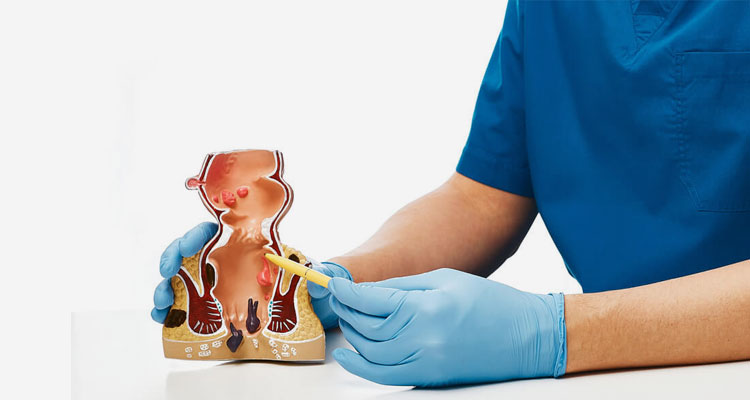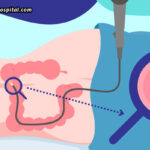What is manometry?
Manometry means measurement of pressures inside an organ.
What is anorectal manometry? when is it required?
Anorectal manometry is evaluation of function of rectum and anal canal. Anal canal is 2.5 cm long circular muscle which helps us control the stool. Normally during passage of stool pressure in rectum rises – that leads to sensation of passing stool which is perceived by brain- brain sends signals to relax anal muscles and the stool passes.
Anorectal manometry is done for evaluation of anal valve, for rectal sensation, for assessment of reflexes and coordination of rectal and anal muscles during defecation.
It is used for evaluation of patients of constipation, incontinence, before colostomy closure in colostomy patients, for pelvic dyssynergia patients and for diagnosis of Hirschsprung’s disease.
How is it done?
Manometry is done with help of manometry system and catheter. The pressure sensing catheter is passed through anal valve into rectum for few centimeters.
Patients is required to take enema before the procedure to clear the bowels many a times.
Procedure time is normally around 20 minutes.
Doctor may ask you to imitate straining during the procedure.
Procedure is normally a day care procedure and does not require admission. Procedure does not require anesthesia and mild local application of anesthetic gel may be done.
Analysis and impact
Almost 25 % of patients with constipation suffer from pelvic dyssynergia. Many of these patients do not have benefit with any laxatives, they have feeling of block while passing stool. Manometry is meant for diagnosis and treatment of these group. Biofeedback therapy gives best result in this group of patients.
When manometry is done before colostomy closure it gives information regarding anal tone and squeeze and help predict incontinence after closure.
Hirschsprung’s disease is a cause of constipation which requires surgery and will be picked up by manometry.








